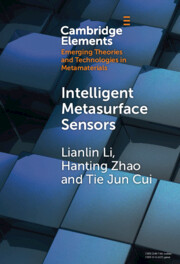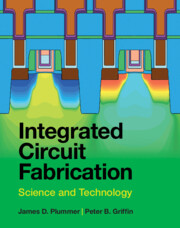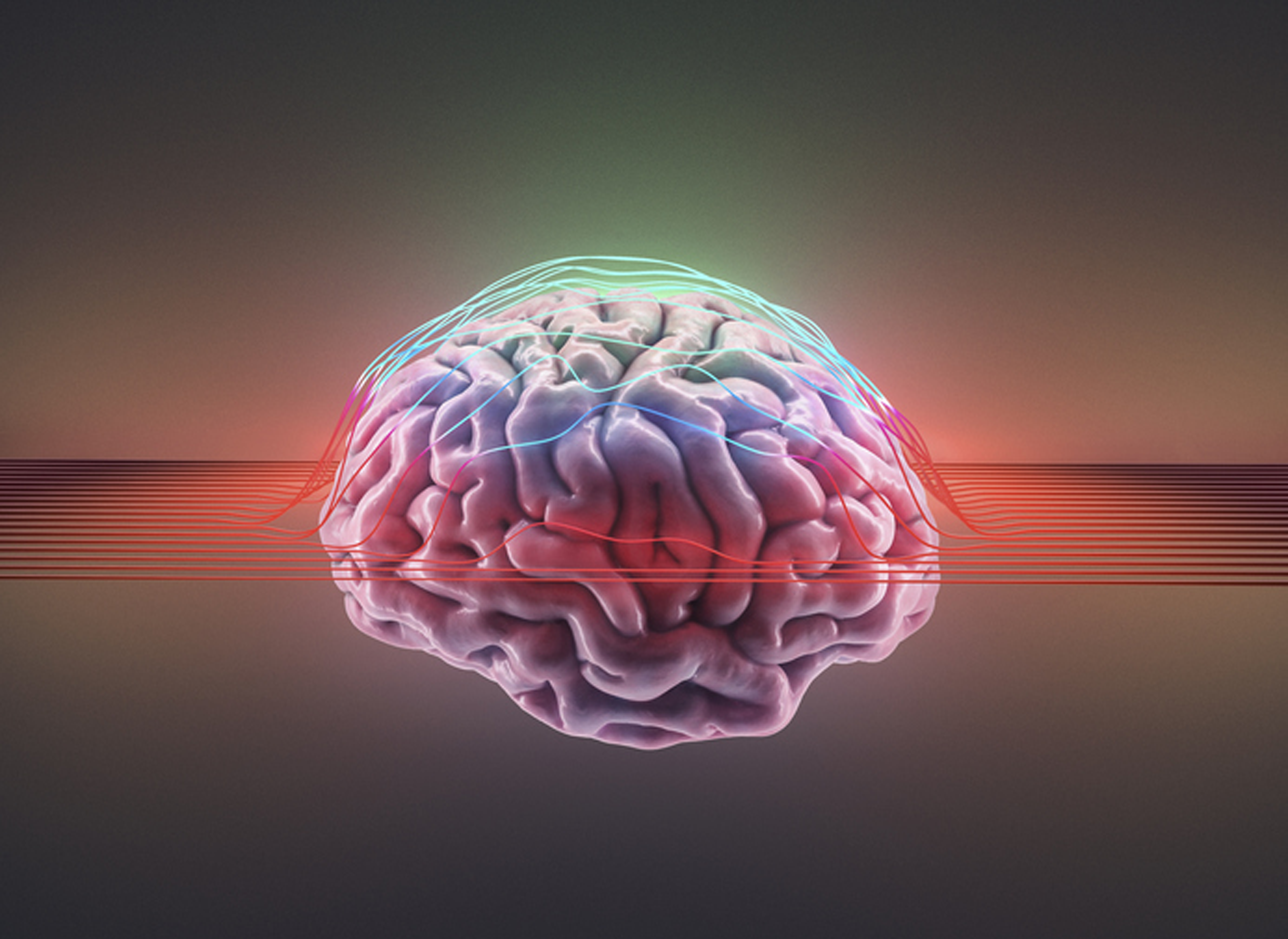Refine search
Actions for selected content:
106069 results in Materials Science
Crystal structure of anthraquinone-2-carboxylic acid, C15H8O4
-
- Journal:
- Powder Diffraction / Volume 39 / Issue 1 / March 2024
- Published online by Cambridge University Press:
- 19 February 2024, pp. 29-35
-
- Article
-
- You have access
- Open access
- HTML
- Export citation
Puzzle-shaped cells and the mechanical response of tobacco (Nicotiana tabacum L.) seed coats
- Part of
-
- Journal:
- Programmable Materials / Volume 2 / 2024
- Published online by Cambridge University Press:
- 16 February 2024, e1
-
- Article
-
- You have access
- Open access
- HTML
- Export citation
Can we accurately bridge neurobiology to brain-inspired AGI to effectively emulate the human brain?
-
- Journal:
- Research Directions: Bioelectronics / Volume 2 / 2024
- Published online by Cambridge University Press:
- 12 February 2024, e1
-
- Article
-
- You have access
- Open access
- HTML
- Export citation
PDJ volume 38 issue 4 Cover and Back matter
-
- Journal:
- Powder Diffraction / Volume 38 / Issue 4 / December 2023
- Published online by Cambridge University Press:
- 08 February 2024, p. b1
-
- Article
-
- You have access
- Export citation
Calendar of short courses and workshops
-
- Journal:
- Powder Diffraction / Volume 38 / Issue 4 / December 2023
- Published online by Cambridge University Press:
- 08 February 2024, p. 259
-
- Article
-
- You have access
- HTML
- Export citation
Experimental electron density distribution of KZnB3O6 constructed by maximum-entropy method
-
- Journal:
- Powder Diffraction / Volume 38 / Issue 4 / December 2023
- Published online by Cambridge University Press:
- 08 February 2024, pp. 233-239
-
- Article
- Export citation
PDJ volume 38 issue 4 Cover and Front matter
-
- Journal:
- Powder Diffraction / Volume 38 / Issue 4 / December 2023
- Published online by Cambridge University Press:
- 08 February 2024, pp. f1-f4
-
- Article
-
- You have access
- Export citation
Adsorption of Ar into zeolite Al-MFI (NH4)
-
- Journal:
- Powder Diffraction / Volume 39 / Issue 1 / March 2024
- Published online by Cambridge University Press:
- 08 February 2024, pp. 12-19
-
- Article
- Export citation
Paper waste grown as a biocalcified foam: perspectives from a bacterial and design viewpoint
-
- Journal:
- Research Directions: Biotechnology Design / Volume 2 / 2024
- Published online by Cambridge University Press:
- 10 January 2024, e1
-
- Article
-
- You have access
- Open access
- HTML
- Export citation
Provable observation noise robustness for neural network control systems
-
- Journal:
- Research Directions: Cyber-Physical Systems / Volume 2 / 2024
- Published online by Cambridge University Press:
- 08 January 2024, e1
-
- Article
-
- You have access
- Open access
- HTML
- Export citation

Intelligent Metasurface Sensors
-
- Published online:
- 20 December 2023
- Print publication:
- 01 February 2024
-
- Element
- Export citation
Flow charts as a method to transfer self-sealing from plant models into programmable materials and related challenges
-
- Journal:
- Programmable Materials / Volume 1 / 2023
- Published online by Cambridge University Press:
- 18 December 2023, e12
-
- Article
-
- You have access
- Open access
- HTML
- Export citation

Integrated Circuit Fabrication
- Science and Technology
-
- Published online:
- 01 December 2023
- Print publication:
- 16 November 2023
-
- Textbook
- Export citation
X-ray powder diffraction data for three new compounds obtained as a result of CO2 capture
-
- Journal:
- Powder Diffraction / Volume 38 / Issue 4 / December 2023
- Published online by Cambridge University Press:
- 23 November 2023, pp. 253-258
-
- Article
- Export citation
A.9 - Error Function
- from Appendices
-
- Book:
- Integrated Circuit Fabrication
- Published online:
- 01 December 2023
- Print publication:
- 16 November 2023, pp 649-652
-
- Chapter
- Export citation
Copyright page
-
- Book:
- Integrated Circuit Fabrication
- Published online:
- 01 December 2023
- Print publication:
- 16 November 2023, pp iv-iv
-
- Chapter
- Export citation
9 - Etching Technologies and Chemical–Mechanical Polishing
-
- Book:
- Integrated Circuit Fabrication
- Published online:
- 01 December 2023
- Print publication:
- 16 November 2023, pp 448-502
-
- Chapter
- Export citation
A.11 - List of Common Acronyms
- from Appendices
-
- Book:
- Integrated Circuit Fabrication
- Published online:
- 01 December 2023
- Print publication:
- 16 November 2023, pp 654-656
-
- Chapter
- Export citation
10 - Deposition Technologies
-
- Book:
- Integrated Circuit Fabrication
- Published online:
- 01 December 2023
- Print publication:
- 16 November 2023, pp 503-550
-
- Chapter
- Export citation
3 - Semiconductor Materials: Crystal Growth, Wafer Preparation and Material Properties
-
- Book:
- Integrated Circuit Fabrication
- Published online:
- 01 December 2023
- Print publication:
- 16 November 2023, pp 70-110
-
- Chapter
- Export citation



